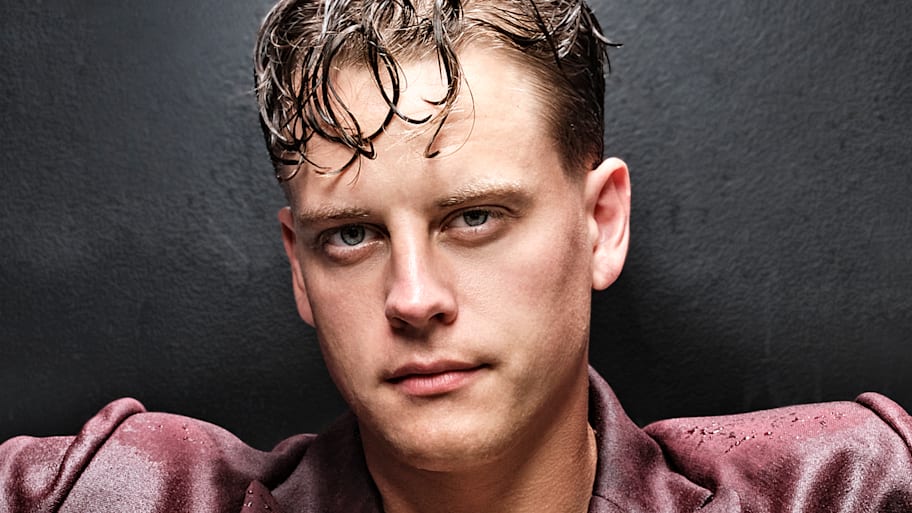It’s a muggy June morning in Cincinnati. Canadian wildfire smoke hangs in the humid air like pulp in soft focus, and the nearby Ohio River moves at an almost imperceptible crawl. Despite it being sunny, the sky is white, not blue. Even the open, concrete-framed halls of Paycor Stadium are warm in the early hour. For the past three days, the Bengals have been holding a mandatory minicamp ahead of preseason, and as the team exits the field and heads to the locker room, some of the players bellow whoops into the heat of the arena’s corridors: The camp has finished, and it’s time to get back to summer break.
Joe Burrow, the Bengals’ Pro Bowl quarterback, is the last guy to come through the tunnel. He stayed outside to put in a little more work. There’s other media around, mostly tossing questions at coach Zac Taylor as to how minicamp has gone—or about the unresolved contract disputes between Bengals ownership and defensive ends Trey Hendrickson (who led the NFL in sacks last season) and Shemar Stewart, a rookie. Burrow sidesteps that pod and asks if I’d like to talk with him away from the fray, while … he’s lifting?
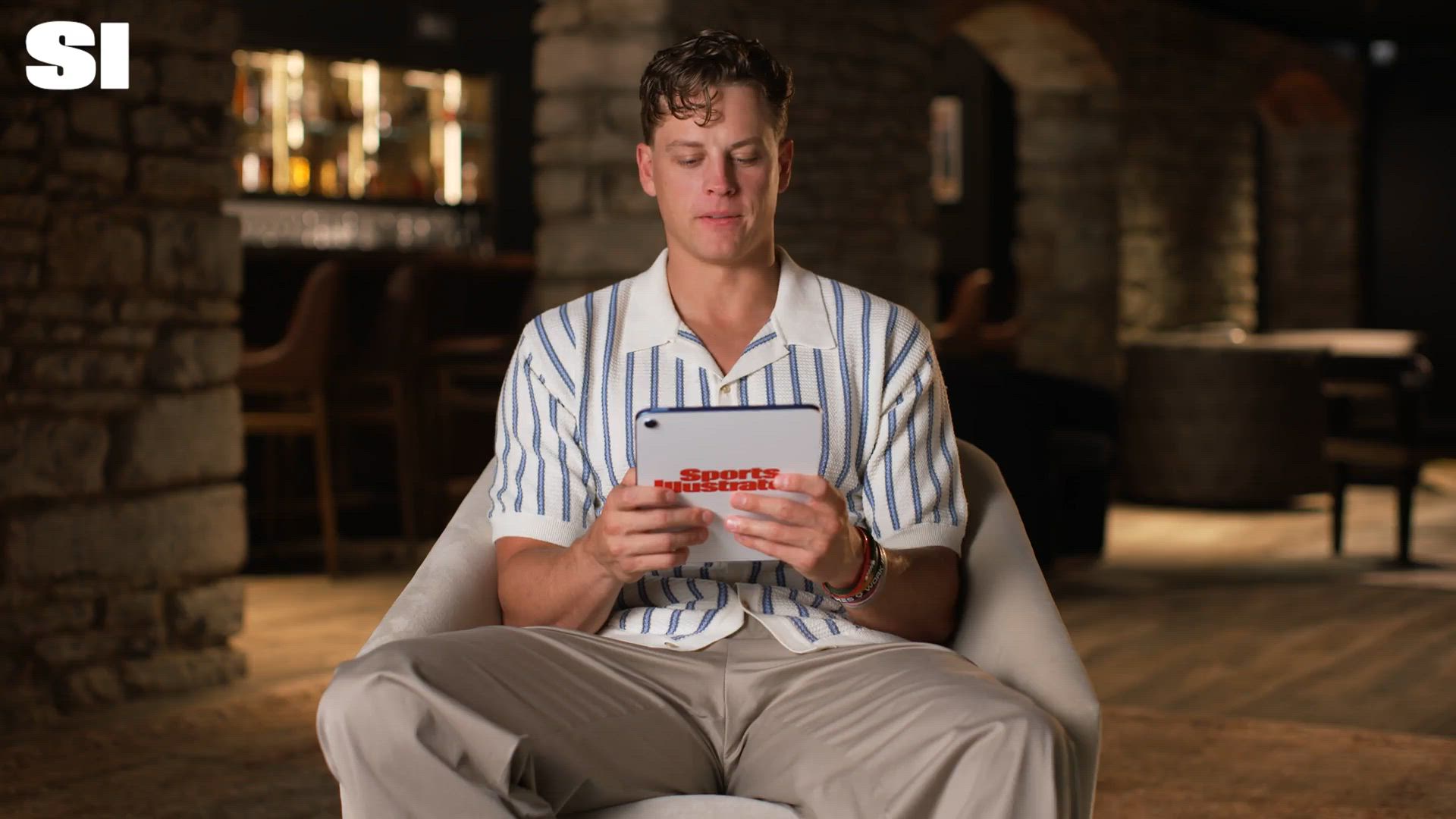
The setting and setup are unconventional—but apropos, given our topics of conversation: style, Burrow’s prominent embrace of it, and the way fashion has become more tightly entwined than ever with sports in recent years. Over the past half decade or so, these once-disparate worlds have been pulled together by a heavier, more urgent gravity—and Burrow stands as one of the highest-profile fixtures at the intersection. To a certain crowd, he might well be known more for his bold, fun, sometimes oddball outfits than for his arm. Here, inside the (much cooler) training facilities at Paycor, he’s squat-pressing hundreds of pounds and still in his practice pinny, but talking about “Gucci fits” and “getting away from classic suits.” As far as sporting and sartorial spheres colliding goes, it doesn’t get much closer than this.
Burrow, 28, has made fashion waves for an aesthetic that he doesn’t really label, preferring to keep it open-ended and mood dependent. “My sense of style varies day-to-day,” he says. “I wake up, feel the color and find the fit that matches what I’m looking for.” He describes his presentation, simply, as “my own.”
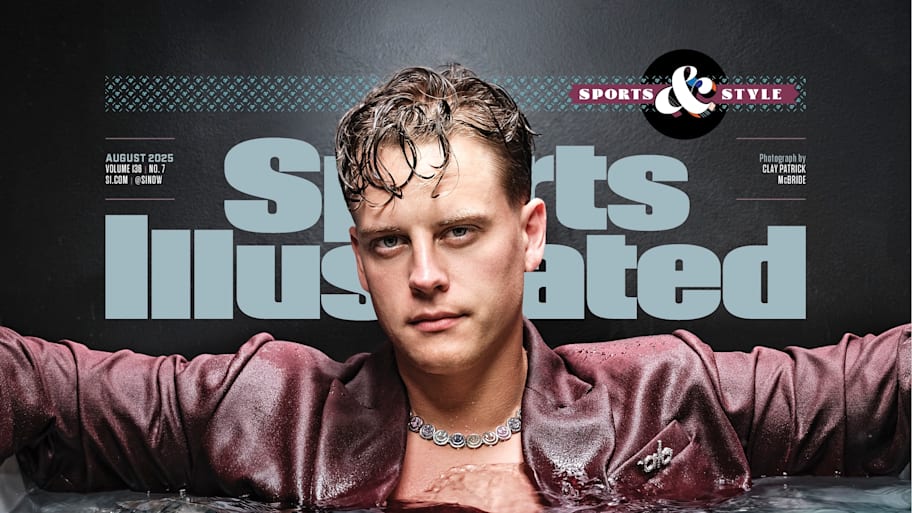
Kyle Smith—one of Burrow’s stylists who, in 2024, also became the NFL’s very first dedicated fashion editor—later says, with a laugh, that “Joe loves color in a way that I don’t. It’s a fun exercise to figure out what color of the day he’s into.” Smith then adds: “He doesn’t necessarily pay attention to what’s trending or what everybody else is wearing, and that’s what makes [his style] so unique. He is always doing his own thing. I think a big part of the Joe fandom is an appreciation of his fashion. Or, at least, his individuality expressed through fashion.”
What Burrow’s instincts have totaled to is a sui generis look, and it often ranges: One game, he might arrive in a knitted hoodie paneled in different hues, the next, a weighty black woven leather jacket from the luxe Italian label Bottega Veneta and the next, a matching zippered top and flared-bottom set accented with wraparound, wavy rainbow stripes.
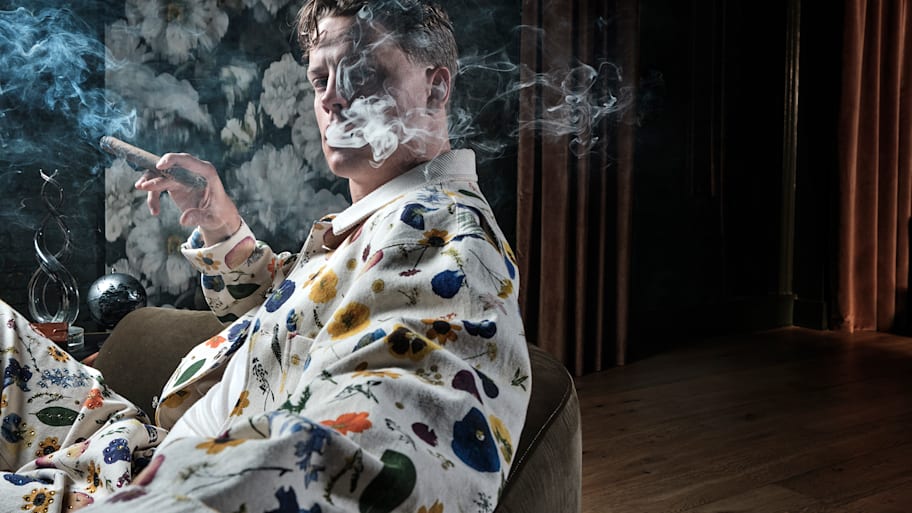
“I’m into decoration, flowers, butterflies, all that cool stuff,” Burrow says. He wears a lot of footwear from Rick Owens, the Californian-born independent designer known for his semi-gothic and unorthodox approach. Likewise diamonds and jewelry from the Houston-based Leo Khusro. (In terms of fashion dislikes, Burrow doesn’t necessarily love shorts below the knee or the color red.) Back in 2022, Burrow posted an Instagram photo of himself in a black turtleneck, a mottled gray parka and rimless sunglasses from the French jewelry house Cartier. He captioned it with a lyric from the song “Yes Indeed” by Drake and Lil Baby: “Cartier glasses, I won’t even peek at you.” The shades struck a chord online, and the image has racked up 1.6 million likes. They’ve since become a Burrow signature. In 2024, Burrow debuted close-cropped and bleached platinum hair, which he says he “thought about adding some pink to.” (It’s not off the table in the future, he says.) All of this has amounted to a singular style identity that has complemented—if not contributed to—the various nicknames that encapsulate his on-field poise, laid-back demeanor and swagger: Joe Brrr, Joe Shiesty and, most commonly, Joe Cool.
Anna Wintour, the chief content officer of Condé Nast and global editorial director of Vogue—who is widely considered to be the fashion industry’s most influential figure—says: “Joe always looks great. He has tons of confidence and is up for trying new things—that seems natural to who he is. It was wonderful to see him at the Met Gala this year in Gucci. Blue suited him.”

The Met Gala is the Metropolitan Museum of Art’s annual fundraising event for its Costume Institute wing, and Burrow’s outfit in May included a slightly oversized Gucci double-breasted jacket rendered in heron blue, which he wore with, yes, Cartier sunglasses. (Also, as it happens, in the words of Wintour, her daughter Bee Carrozzini is a “fanatical Bengals fan.”)
Analytically speaking, Burrow’s wardrobe game is chameleonic, yet it does feature consistent pillars: It’s polychrome, it usually only hints at his physique (rather than showing it off), and it’s somehow nonchalant yet equally, totally self-assured.
“My mom was in fashion when I was little,” says Burrow. “So I was around it. I was always pretty particular about what I wore, like when we’d be school shopping. I didn’t know anything, I just liked how the clothes felt and looked. I struggled [with confidence] when I was little. I was pretty uncomfortable in my own skin, and I think I was quiet and socially awkward, so I did express myself with colors and clothes.” Burrow’s mother, Robin, was a fashion buyer during her son’s early youth—and despite Burrow’s current deep industry access and pockets, she still has an eye for things her son might like or might have missed, and she’ll send clothing or accessory gifts around Christmas or his birthday.
“Joe always looks great,” says Vogue global editorial director Anna Wintour. “He has tons of confidence and is up for trying new things—that seems natural to who he is.”
Even though Burrow says he was interested in expressive clothing during his childhood, he entered his rookie year in 2020 wearing “nothing but suits into the games, and I was just super uncomfortable,” he says. “I just simply don’t enjoy wearing that kind of clothing all that often. I didn’t like getting on a plane in a full suit, sitting there for three hours and not being comfortable.”
Thus, spurred by a need to satisfy, as Burrow puts it, “utility,” his style morphed—perhaps back towards its natural mode—into something more casual and streetwear-based, though he does still layer in modernized takes on suits. One example is a backless jacket made by designer Peter Do that Burrow wore, to viral discussion, during a Vogue-produced fashion show in Paris last summer.
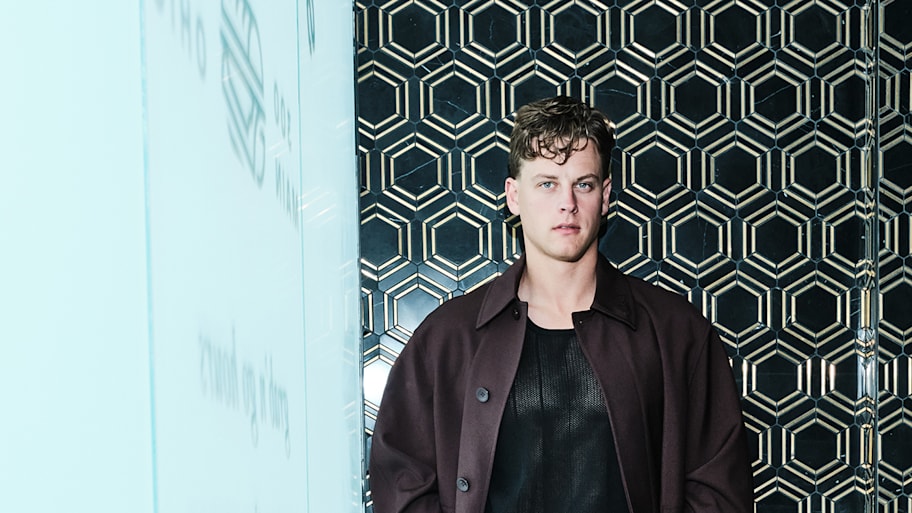
Between 2020 and now, a starting-to-simmer change in perspective around the way men dress has turned into a white-hot paradigm shift, with professional male athletes among its most visible vanguard. Many are espousing individualistic flair and leaning on it to help forge their personas away from the field. The same is also true of female athletes, but, generally speaking, fashion has long been closer linked to women than men. We are still in a nascent era of people like Burrow—or Shai Gilgeous-Alexander, Francisco Lindor or Lewis Hamilton—using standout stylistic points of view to not only satisfy their own aesthetic preferences, but also to attract new eyes and amass bigger audiences. The skyrocketing of social media’s influence during the COVID-19 era has helped with this exposure.
“I think the younger crowd is very for it,” says Burrow. “I also think [different styles] bring a different demographic to the game. I think more young women, or people who might not have known or cared about football at all beforehand, are paying attention to what people are wearing in the tunnel. Maybe they see somebody wearing a Gucci fit into the game, and they’re like, ‘Oh, that’s pretty cool, who’s that?’ And then they start paying attention. I do think it brings more fans, honestly.”
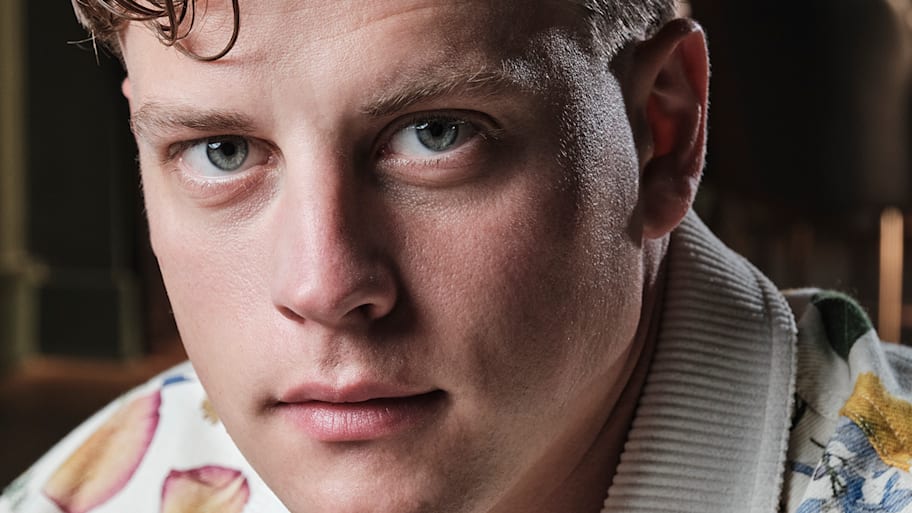
Burrow’s use of the word “utility” is interesting, too, because with the brightening spotlight on athletes’ tastes, more major fashion brands have come calling: The industry is finding great use (and profit) in aligning with sports like never before. Louis Vuitton, the well-known French megabrand, announced in June that it is a new partner of Real Madrid’s men’s and women’s soccer teams. Burberry, the British luxury label, recently entered the tennis space by signing agreements with top-10 players Jack Draper and Tommy Paul. Prada moved quickly to dress Caitlin Clark at the 2024 WNBA draft, while this year, Coach struck a multiyear deal with the league to be its official handbag partner. (There are many, many more examples.) Burrow himself has a partnership with Alo, the premium athletic apparel brand.
“Athletes are dominating the culture now—they’re our heroes, our role models, and they define what’s relevant,” says Wintour. “I think it’s because there’s nothing that can compete with the excitement of live sports. And athletes often have the confidence to step into different worlds—out of their comfort zones sometimes.”
In his fashion editor role with the NFL, Smith is tasked with managing and creating content for the league’s social media platforms; helping players find their individual style; and building relationships with fashion brands. He notes that—unlike influencers or traditional celebrities who often make use of sponsored placements or loaned samples for photo opportunities—many athletes choose to buy their clothes for public appearances.
“In the NFL, the athletes can’t be paid to promote something in the tunnel, so what they’re wearing and what they’re doing is authentic,” Smith says. “I think that authenticity is what consumers and audiences are desperate for. They want to know [that] someone genuinely believes in the product. I think that’s very powerful.”
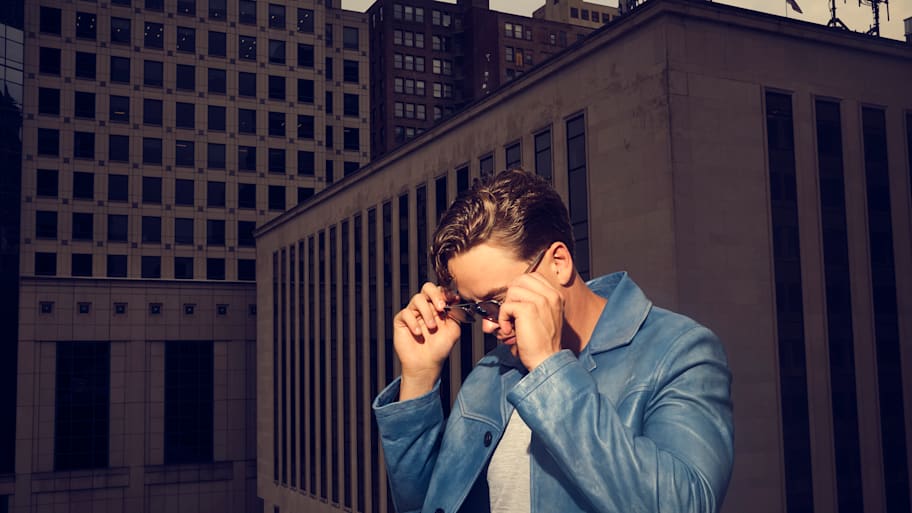
To some among men’s sports’ fan bases, seeing this sartorial evolution—and, really, this departure from long-entrenched tenets of masculinity—isn’t always well-received. There are always going to be keyboard warriors talking trash about how all the hype around style detracts from an athlete’s focus. Burrow admits that he thinks “some of the football traditionalists might be a little anti” when he wears and generates buzz around an outfit that might be deemed unorthodox—or that former Wrangler pitchman Brett Favre wouldn’t look twice at. When asked if the reactions and comments ever get to him, he tilts his head as if the answer should be obvious. “No. Not at all. If I’m comfortable, if I feel good, then, I like it,” he says before crouching down for another set of presses.
Though there is a burgeoning focus on highlighting players’ personalities and passions away from the stadium—a “helmets-off strategy,” as the NFL’s senior vice president of social, influencer and content marketing Ian Trombetta has said—football comes first. The game is the job in the end.
“It’s a grind. It’s monotonous, but it’s what I love to do,” says Burrow when asked about what he might be preparing differently—or not—going into the fall. Expectations are high this year: The Bengals just missed the playoffs with a 9–8 record last season, yet Burrow was the league leader in passing yards (4,918) and touchdown passes (43). Burrow suggests that he’s thinking about “the day-to-day” during the offseason, but he’s cognizant of calibrating a balance—and disciplining a stronger pattern into it. “I do tweak my workout routines every year, and my travel schedule, trying to figure out what’s best to give my body a break,” he says. “If you can’t develop a routine and stick to it, then you’re not going to be able to be your best on Sundays, in my opinion. I’ve never seen anybody that doesn’t have a very disciplined routine go out and be great. Doesn’t mean it’s not possible, but it’s certainly not possible for me.” Within this regimen, he is conscious to bake in things like “eating right,” hanging out with friends—this summer, that may include a fossil-hunting trip to Wyoming—and “valuable” time off.
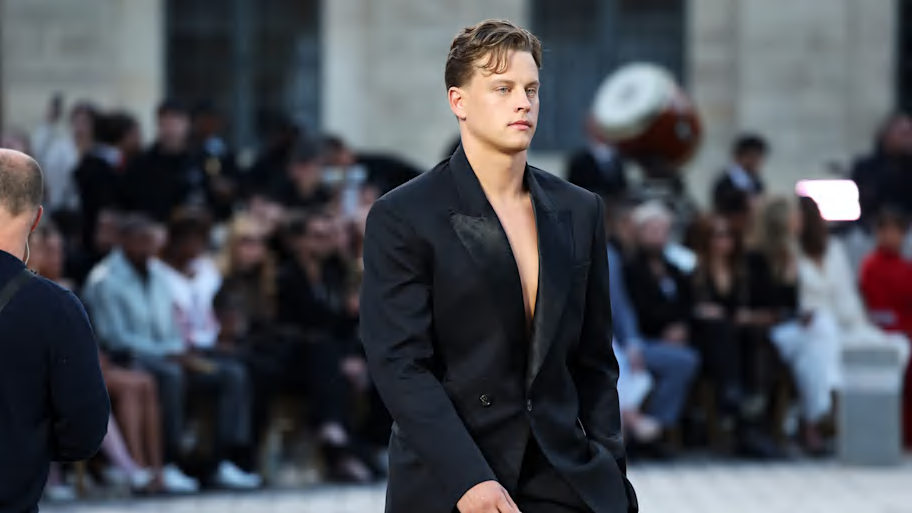
Might Burrow’s extracurriculars ever include his own foray into clothing design? We’ve seen it in the crossover before, and Burrow already consults with Alo on custom pieces, but these don’t go to market.
“Maybe, when I have a little more time on my hands, I’ll have a brand where I work with multiple designers,” Burrow says. “Down the road, that would be cool.”
Ultimately, Burrow’s outlook on the dovetailing of sports and style is rooted in what he sees as a shared inventiveness.
“They [operate in] completely different worlds, but designers and athletes … we’re both artists in our own ways,” he says. “Theirs is with clothes, ours is with our bodies. There’s a lot of creativity in what we do. It’s definitely different realms, but there are very creative people in both. It feels like a natural merging.”
This article was originally published on www.si.com as Joe Burrow Keeps It Cool On and Off the Field.
